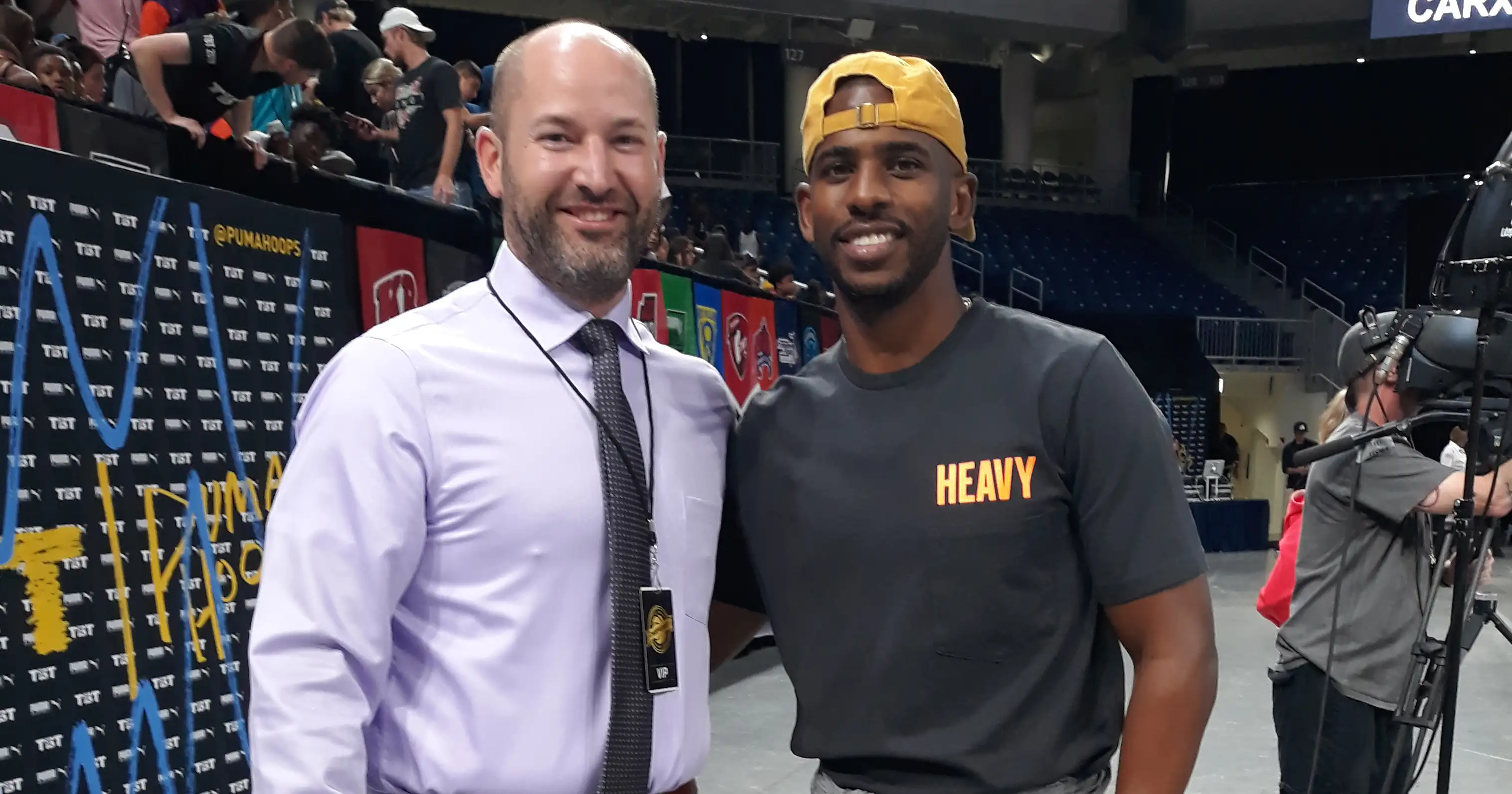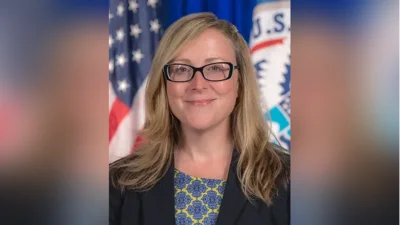NBA G League Begins Utilizing Ball State Professor’s ‘Elam Ending’ For Overtime, Winter Showcase Contests
After adding the “Elam Ending” to its annual All-Star Game, the National Basketball Association is continuing to expand its testing ground for an alternative scoring system created by and named after Ball State University professor Dr. Nick Elam.
The NBA has started using the Elam Ending for all overtime contests in its G League, the association’s official minor league basketball organization. The G League will also utilize the Elam Ending for the fourth quarter of its annual NBA G League Winter Showcase in Las Vegas in December.
“The NBA G League has always had fascinating human interest stories embedded—players hoping to prove themselves on the court and advance to the NBA level,” said Dr. Elam, an assistant professor of Educational Leadership at Ball State’s Teachers College. “Now, with the adoption of the Elam Ending, the G League has a new, unique human interest story embedded—a concept and its creator hoping to prove themselves on the court and advance to the NBA level.”
The Elam Ending was designed to eliminate the need for late-game fouling and stalling, which can improve the overall quality and competitiveness of late-game play. Its use was praised by players, league officials, and pundits alike during its inaugural use in the 2020 NBA All-Star Game at the United Center in Chicago, in which Team LeBron defeated Team Giannis 157-155 thanks to a game-winning free throw by Los Angeles Lakers forward/center Anthony Davis.
For its use during NBA G League overtime contests, the game clock will be shut off, and teams must reach a “final target score” in order to win. That score is set by adding seven points to the score at the end of regulation. At the NBA G League Winter Showcase, meanwhile, 25 points will be added to the leading team’s score at the end of the third quarter for the final target score at the end of regulation.
Dr. Elam started conceptualizing his alternative scoring system as a student at the University of Dayton. It first got attention in 2007 when Dr. Elam wrote his book, “Time’s Up For Basketball’s Game Clock,” which detailed various versions of what would eventually be known as the Elam Ending.
Dr. Elam spent the next 10 years pitching his hybrid duration format to various basketball stakeholders before the leadership of The Basketball Tournament (TBT) took a chance on the concept, implementing a version of the system in 2017.
The Elam Ending’s success in the TBT led to its implementation in grassroots-level leagues and events throughout the United States and abroad, before it was adopted by the NBA in 2020 for annual use in its All-Star Game. It has since been utilized in the International Basketball Federation’s (FIBA) Canadian Elite Basketball League. Since implementing the Elam Ending, each league has made the system a permanent fixture.
Dr. Elam’s ultimate goal is for the NBA to adopt the Elam Ending in its regular season, in-season tournament, and postseason contests.
“The NBA has used the G League as a testing ground for new playing rules—rules that have a positive impact on the game have then been implemented at the NBA level,” he said. “If the Elam Ending reaches the NBA level, it would be regarded as one of the most revolutionary playing rule changes in the history of sports.”
Since seeing his scoring system embraced by the NBA and TBT, Dr. Elam has taken advantage of opportunities to share his research and ideas at national and international conferences, including the MIT Sloan Sports Analytics Conference and as a keynote speaker at the Midwest Sports Analytics Meeting. Awarded by Centric with the Indiana Innovation Award in 2019, Dr. Elam was featured in the Nick Greene book, “How To Watch Basketball Like A Genius.”
Dr. Elam has also enjoyed opportunities to share the personal side of the Elam Ending story, delivering featured talks about his 15-year journey of persistence, positivity, and innovative thinking to audiences in universities, K-12 schools, and businesses.
Dr. Elam was an administrator and math teacher at two Ohio schools before joining Ball State’s faculty in 2017. His research primarily focuses on teacher evaluation systems and the intersection of athletics and educational leadership.

Original source can be found here.

 Alerts Sign-up
Alerts Sign-up